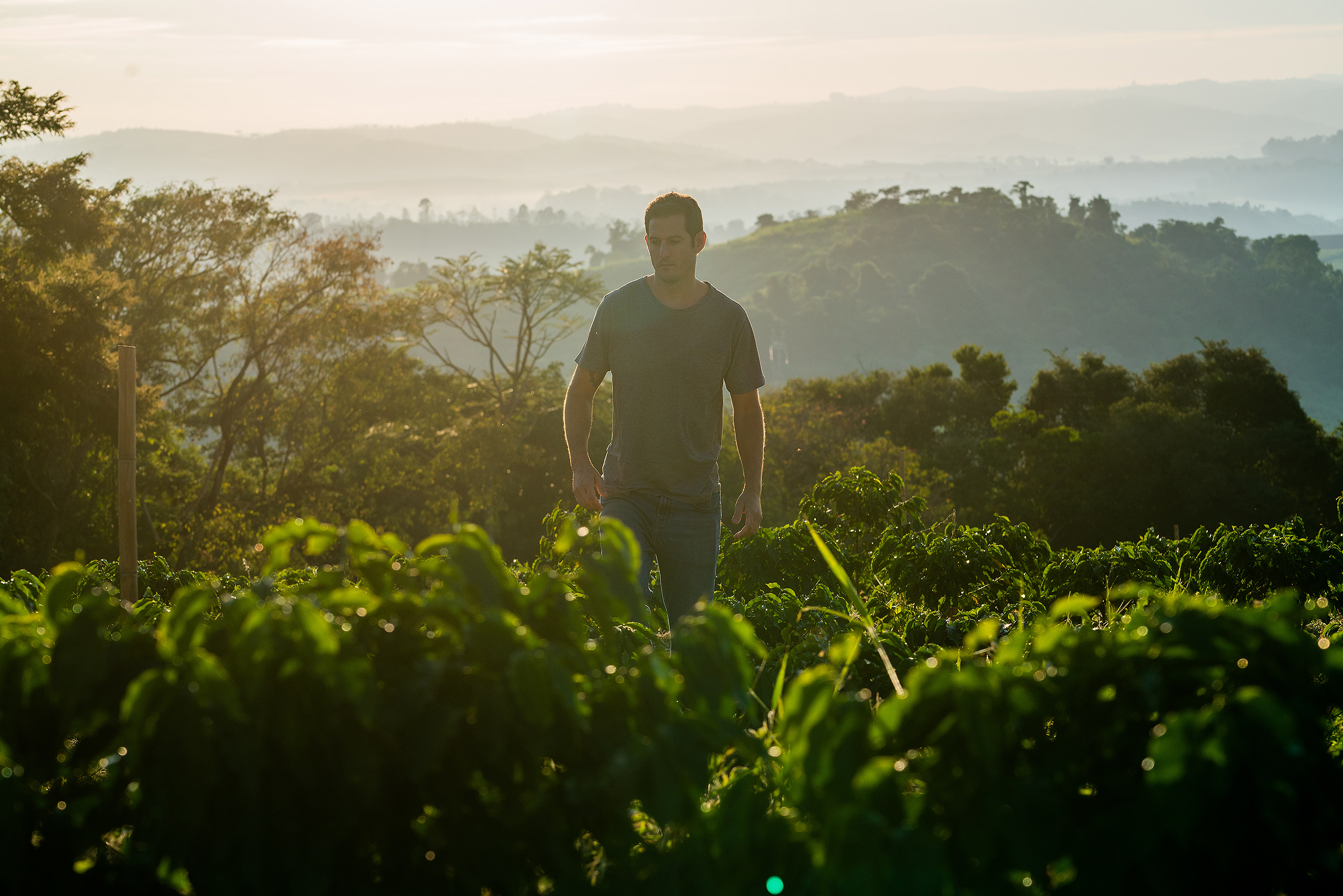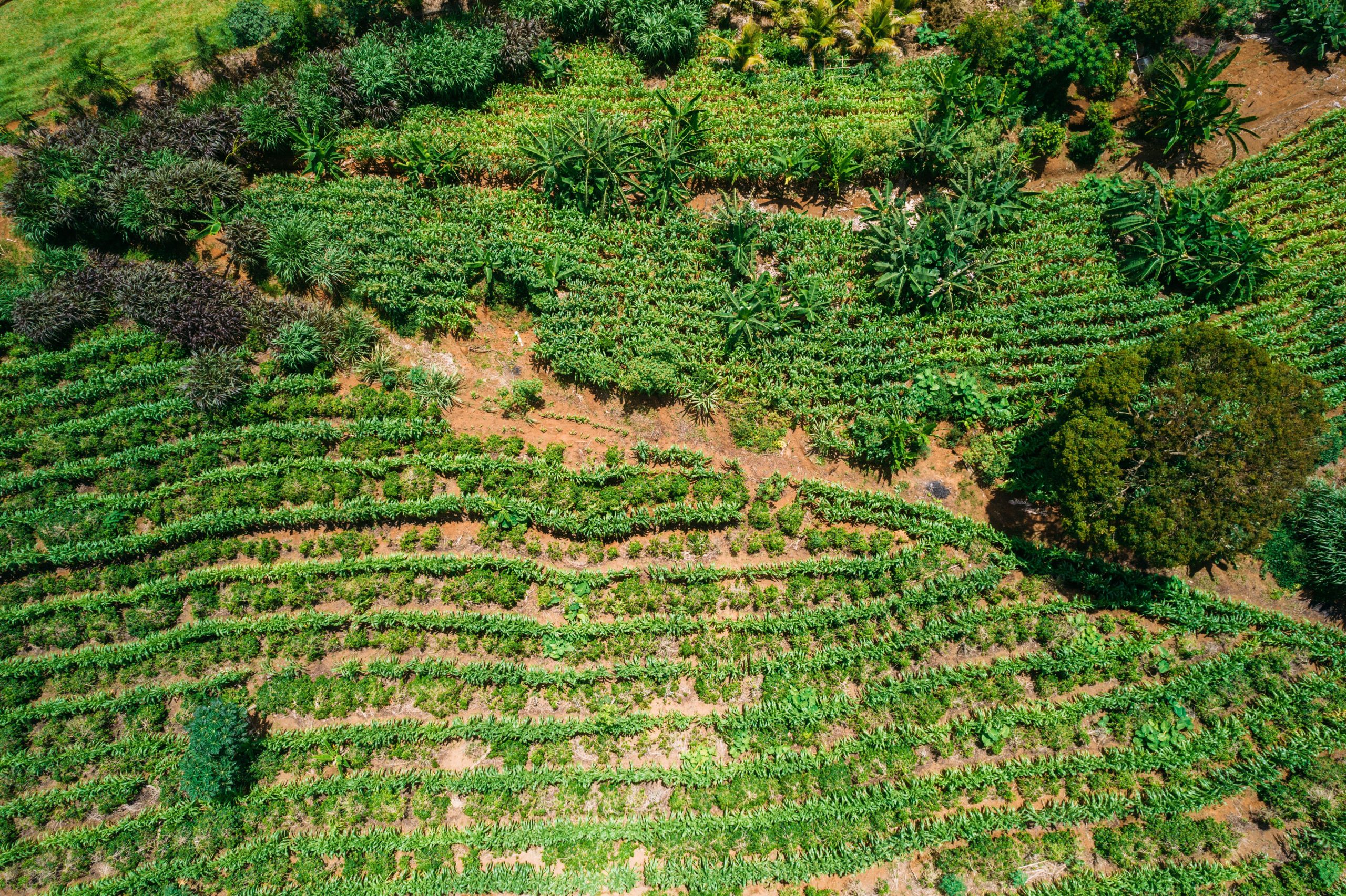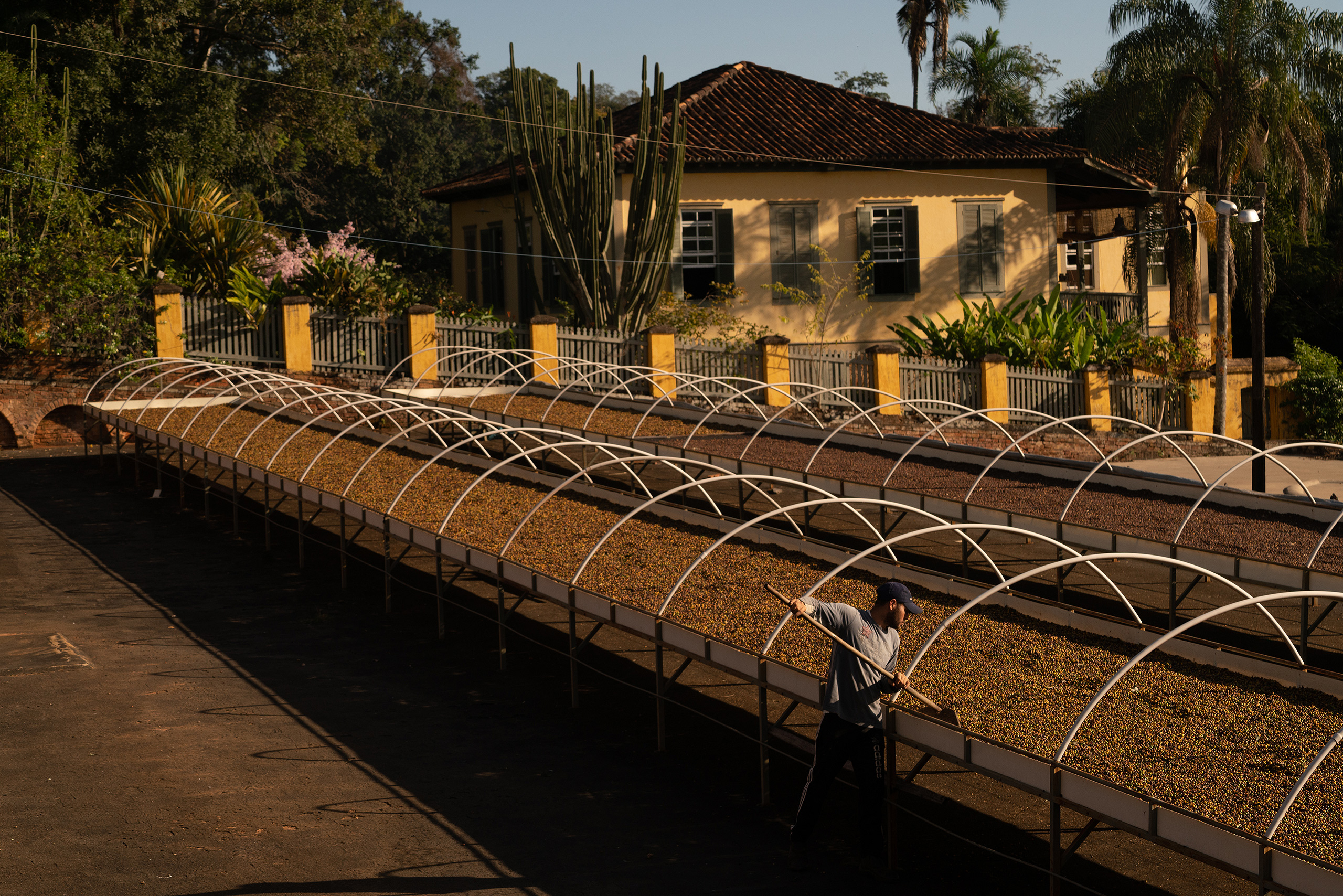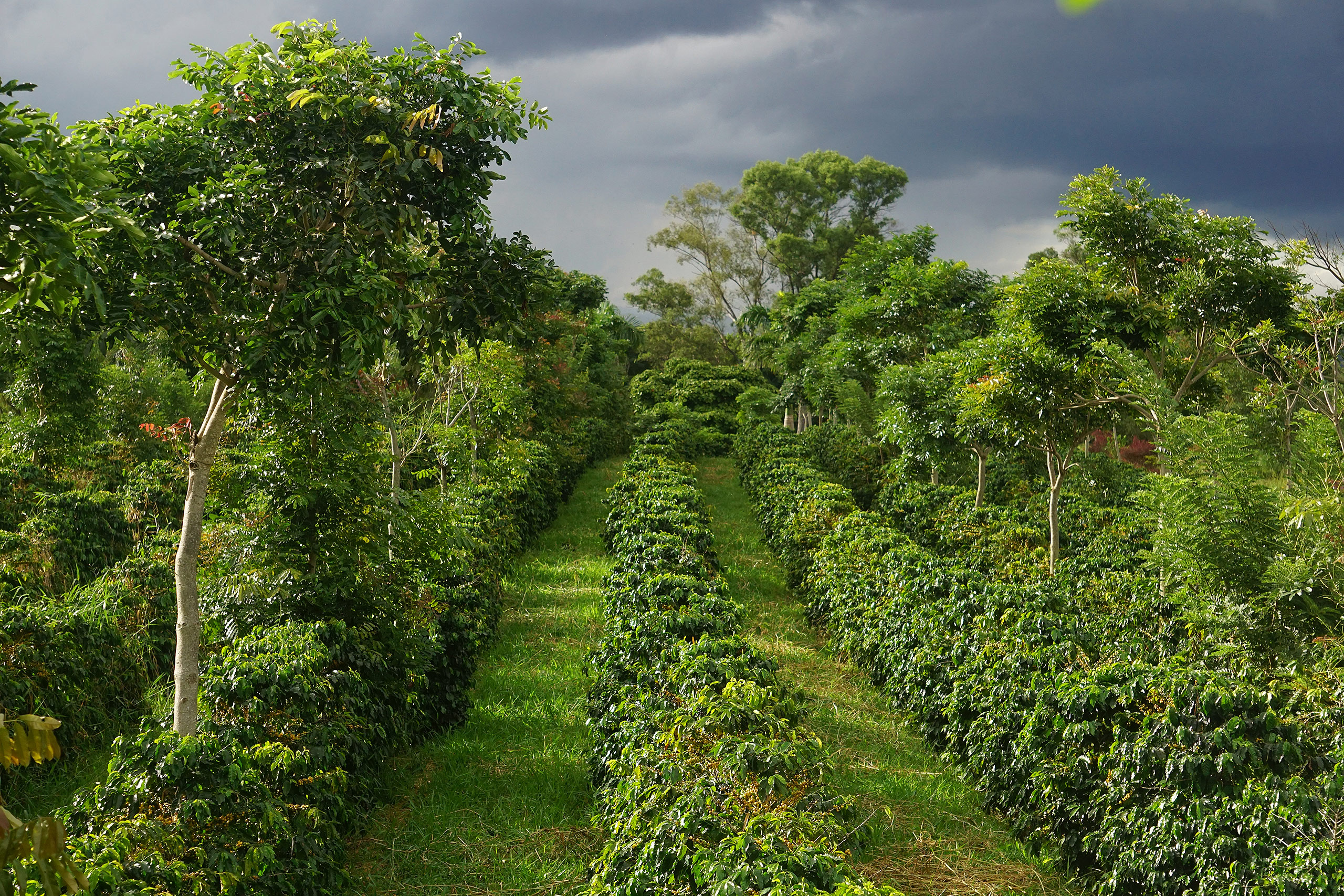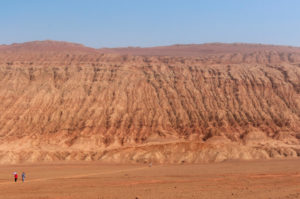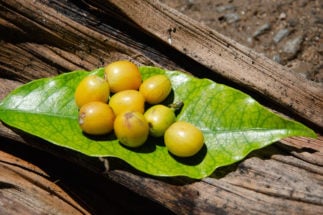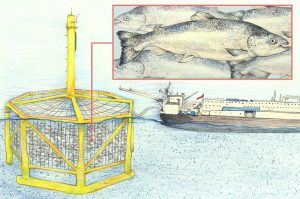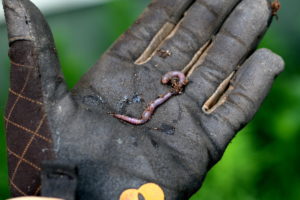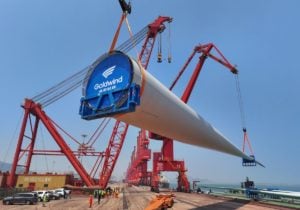As the fire season reaches its peak in Brazil’s Amazon region, coffee producers located thousands of kilometres away are also living their own private hell. Farms like Felipe Barretto Croce’s in Mococa, in the state of São Paulo, have seen fires increase in recent years, jeopardising the production of what is the world’s largest coffee exporter.
“We see that August and September are critical months at the end of the dry season, evapotranspiration, water deficit in the soil. It starts to get critical and we see a lot of fires, a lot of wildfires in the region,” explains Croce.
Fazenda Ambiental Fortaleza (FAF), owned by Felipe’s family, is located in the countryside of São Paulo, in the middle of two biomes – the Cerrado and the Atlantic Forest – where 10 hectares of organic arabica coffee are becoming increasingly vulnerable to environmental changes, largely accentuated by the loss of vegetation in the Amazon.
“In recent years we’ve had days with more extreme weather, more intense cold and more intense heat. We’re seeing a rain deficit in general. This is probably due to a lot of deforestation around us, in the Cerrado and the Amazon,” Croce says.
These dry and hot seasons are expected to become worse and more frequent. Climate modelling by the Gro Intelligence platform estimates that the number of days with extreme temperatures above 34C in the coffee tree’s critical flowering period, between September and October, will increase by up to 10 days per month by 2050. The data suggests that Brazil’s coffee production is likely to be the most severely affected of all the coffee-producing countries studied (Colombia, Peru, Kenya and Ethiopia), with rainfall also expected to decrease by 10% by the middle of the century.
Despite the decline in the dollar in relation to the Brazilian real, and in the volume of coffee exported in 2022, product prices on the international market maintained satisfactory highs, according to the coffee sector, generating record revenue of US$9.23 billion last year in Brazil.
The main buyers of Brazilian coffee last year were the United States, Germany, Italy, Belgium and Japan. But it is worth mentioning that even Colombia, also famous for its coffee, has increased imports of Brazilian beans and is already in the top 10 of purchasing countries, according to ComexStat, the Brazilian government’s foreign trade data platform.
Although China is not among the largest importers of Brazilian coffee, its purchases have been increasing year after year, and this has already attracted the attention of national producers. 2023 isn’t even over yet, but it’s already the record year for Brazilian coffee imports by China, with 29 tonnes purchased by August, according to ComexStat. In a decade, imports jumped more than tenfold.
Two species of coffee are grown in Brazil, robusta and arabica, but there are many different varieties in the 15 producing regions. Arabica, with its rich, fruity flavour, is the bean of choice for many specialty smallholder farmers. However, it is much more susceptible to climate change. Research suggests that exposure to temperatures above 30C can lead to abnormalities and degeneration of the coffee plant. Since 2010, temperatures in all Brazilian coffee-producing municipalities have risen by an average of 1.2C during the flowering period.
With extreme weather becoming more frequent, the time between climatic stresses in Brazilian coffee plantations is getting shorter, which means that the plants don’t have a chance to fully recover. The effects of a severe drought in 2020 and the worst frost in 27 years in 2021 are still being felt by the highly sensitive arabica species.
Further south, in Bragança Paulista, also in the state of São Paulo, José Oscar Ferreira Cintra, a fifth-generation coffee farmer, produces what he describes as the “Ferrari of coffee”. But he is horrified by the erratic behaviour of his coffee trees.
José Oscar Ferreira Cintra, a fifth-generation coffee farmer
We have moments when it was supposed to be dry, and it’s raining. The opposite also happens. And the plant doesn’t know how to react. It totally breaks its logical sequence
“The climate is confused. There’s no logical sequence as there was,” says Cintra. “We have moments when it was supposed to be dry, and it’s raining. The opposite also happens. And the plant doesn’t know how to react. It totally breaks its logical sequence. The plant has blossom, chumbinho [early stage fruit], ripened coffee, dried coffee, all at the same time. It’s a horror.”
Cintra points out that this illogical sequence results in uneven ripening of the coffee, which in turn not only reduces the quality and flavour of the beans, but also makes the plantations more susceptible to disease.
“This climate change affects the health of the plant. When you have a healthy plant, it’s unlikely to catch a disease. Or if it does, it resists and fights it off. Now, with the change, it’s a plant that has no defences,” explains Cintra.
Impact even in regions with lots of water
From the rugged mountains of Matas de Minas, on the border of Minas Gerais and Espírito Santo, to the rolling hills of Mogiana, in the state of São Paulo, no two coffee-growing regions are the same. This also means that farmers’ experiences and climatic impacts vary.
With an altitude of over 1,400 meters at its highest point, Afonso Donizete Lacerda’s coffee farm in Dores do Rio Preto, Espírito Santo, has so far escaped some of the problems faced by coffee producers in other regions.
“We have a lot of water, we’re in a privileged region. All the properties have a lot of springs, so water isn’t a problem here. We get 1,600 millimetres of rain a year, which is enough for the coffee plantations,” says Lacerda. “We don’t need to irrigate anything, so this also favours production.”
But even there, on Lacerda’s farm, which has produced coffee for 200 years, the weather patterns are changing. “In the last five years, the March bloom has produced less. January has been rainy and we think that’s what’s affecting the decrease in late flowering here,” he explains.
With more than 50% of the world’s land projected to become inhospitable to coffee due to climate change by the turn of the century, as reported in a study by the University of Zurich last year, it may seem tempting to consider migrating coffee production in Brazil to higher altitude or colder regions.
Espírito Santo and the Amazon state of Rondônia are where Brazil’s other type of coffee bean, Canephora conilon (similar to Robusta), grows. Robusta and conilon are widely thought to be more resilient to climate change, however a recent study by academics in Italy highlights a lack of research into robusta compared to the popular arabica variety. Despite this, predictions suggest that Brazil may lose up to 60% of suitable conilon coffee growing areas by 2050. Although production this year in Rondônia hasn’t been affected by extreme weather, it’s a very different story for Espírito Santo, where climatic events, including cold winters and lack of rainfall, have reduced total yields of conilon by 10.8%.
But agro-meteorology expert Jurandir Zullo Junior, from the Centre for Meteorological and Climatic Research Applied to Agriculture at the State University of Campinas (Cepagri/Unicamp), warns of the risks of coffee plantations migrating to other, less traditional producing areas.
“The main concern is that coffee production requires a structure. It’s not a plant that you can easily move around like a grain crop, which you can produce in 120 days or 90 days, like beans. Farmers are usually specialised, they already have a tradition, they already have experience. That’s why adapting to a perennial crop is very difficult,” explains Zullo Junior.
How to adapt a delicate crop
With 78% of all coffee in Brazil produced by small farms adaptation will be key, however, there is no one size fits all solution and adaptation in itself will not guarantee the survival of coffee plants throughout these diverse regions.
According to Zullo Junior, who has been researching the effects of climate on agriculture for almost 40 years, coffee is a crop that is particularly vulnerable to changes in temperature and rainfall: “The losses and reduction in production are very high because, by its very nature, the plant has a well-defined limit of adaptation. It’s an understory plant [the shaded area below the forest canopy], it doesn’t tolerate very high or very low temperatures.”
The most widely used adaptation technique in Brazil is irrigation, which allows coffee growers to water their crops during drier periods and reduce plant stress. But each region has different water supplies. With the increase in droughts, some farmers are concerned about the management of water resources, demanding stronger licences and control of the use of aquifers.
A study by the University of Campinas found that another adaptation technique, shading, which is the planting of larger trees between coffee plants to provide shade, can reduce air temperature by 0.6C, as well as reducing other stresses such as wind and increased humidity. Shading also prevents soil degradation, acts as pest control and absorbs carbon from the atmosphere.
According to Zullo Junior, adaptation is something that needs investment. Now research is turning to help find solutions that not only protect coffee plants from diseases and pests, but also make them climate-resistant.
“Genetic improvement is about developing plants that are better adapted to temperature stresses. This is probably the most appropriate technique, but it takes time to develop, at least 15 years,” explains Zullo Junior.
Family farms: part of the solution
Agriculture is not only considered one of the sectors most vulnerable to the climate emergency, but is also widely recognised as a big part of the solution due to its ability to reduce greenhouse gas emissions.
Many family coffee producers in Brazil are well aware of this, as for generations, they have been striving to produce high-quality coffee in harmony with the delicate balance of their local biome. This passion for protecting and restoring biodiversity through agroforestry is at the heart of Felipe Barretto Croce’s farm, Fazenda Ambiental Fortaleza (FAF), and this approach is producing positive results for production and the planet.
“I’m completely changing the way things have been managed in the past. Today I’m planting with functional agroforestry in the middle of the coffee, fully mechanised, to create a comfortable, balanced and stable habitat for my coffee,” says Croce.
FAF, which also has more than 40% forest on its land, uses a wide range of techniques, such as afforestation and wind protection (which keeps moisture in the soil), to ensure not only the health of the coffee plantations but also the health of the soil and important pollinators.
Research carried out by the Federal University of Alfenas, which included FAF, found an increase of 30% or more in productivity due to good natural pollination. However, the research also concluded that in São Paulo, Minas Gerais and Espírito Santo, 43% of municipalities are below the minimum rate of native vegetation that must be preserved, set by the country’s Forest Code (set at 20% of each rural property, in all biomes except the Amazon, and known as the Legal Reserve).
This delicate network of production, protection and regeneration of nature seems to be producing good results and has the potential to mitigate some of the climate impacts. “With climate change and the destruction of biodiversity all around us, it has never been more important to prepare for a complicated future,” concludes Croce.
This article originally appeared on Mongabay Brazil, and is republished here with permission.
